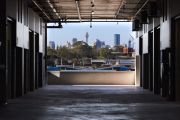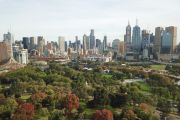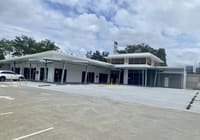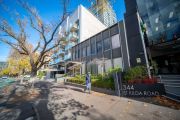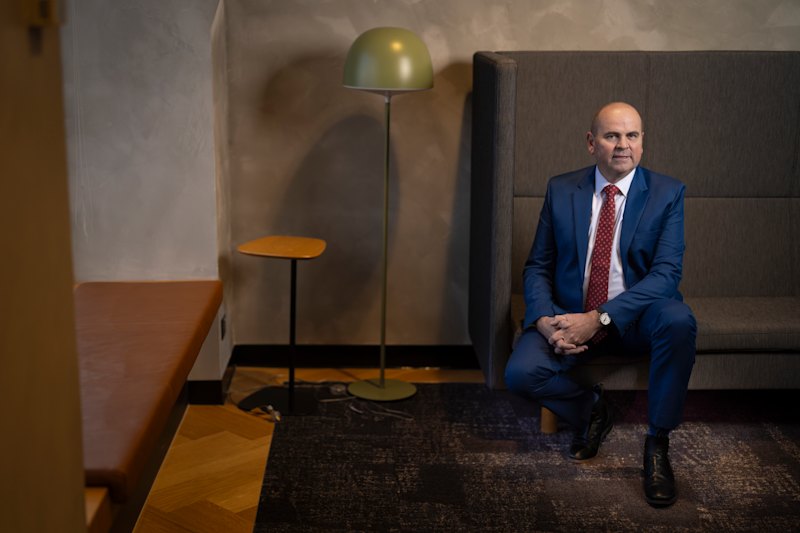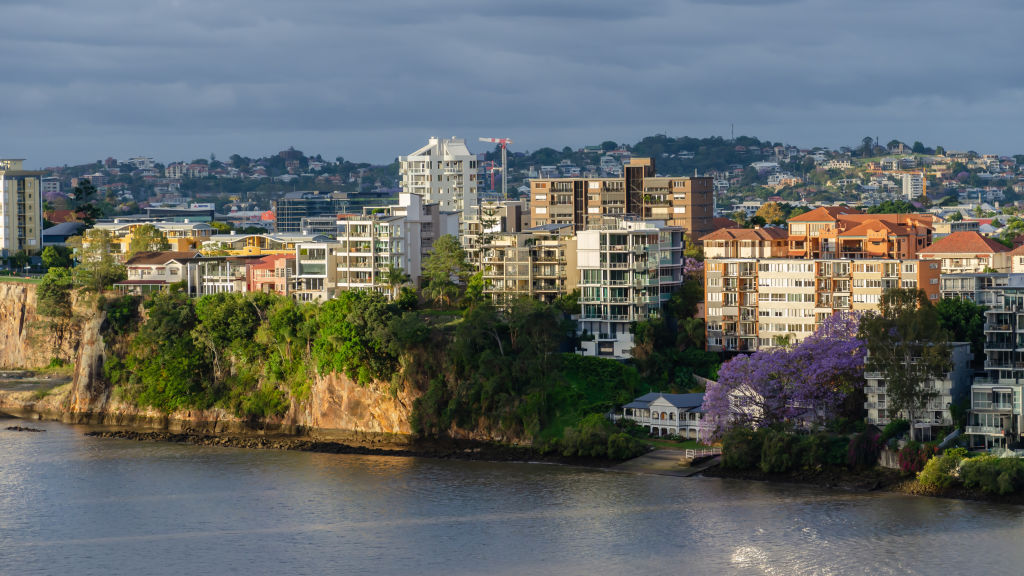
Investment in disability housing booms in a maturing market
Investor appetite for specialist disability accommodation (SDA) has boosted the pipeline of apartment-style high-physical-support units to a three-year high, outstripping demand for the housing type, according to the Specialist Disability Accommodation: Supply in Australia November 2023 report.
But while homes for clients with the greatest physical needs – such as a ceiling hoist to get in and out of bed – made up 44.5 per cent of all dwellings and 30 per cent of SDA places in development, the imbalance of supply was likely to ease, said Housing Hub chief executive Alecia Rathbone.
A recent review of SDA subsidies, which had paid more to cover the structural costs of high physical support design and less for other types of housing, had evened up the field, said Ms Rathbone, whose listings and information portal coauthored the latest supply report with advocacy group Summer Foundation.
Some owners of high physical support units were also making them available in the rental market for people in the wheelchair-suitable fully accessible or improved liveability categories, improving the availability of different housing types, Ms Rathbone said.
“We’re starting to see more and more people saying they are willing to list one home as all three design categories after price review came out,” she told The Australian Financial Review.
“Some high physical support single and residence apartments may have fallen slightly [in subsidy].”
The report shows 2287 places in 1543 homes in development nationally as of September. WA – the most recent state to join the SDA scheme – led with 477 homes and 641 places, followed by NSW (343 homes, 526 places), Victoria (313 homes, 467 places), SA (144 homes, 213 places), ACT (27 homes, 34 places), NT (13 homes, 20 places) and Tasmania (10 homes, 15 places).
The market that started in 2017 – when National Disability Insurance Scheme funding was used for the first time to develop housing – is maturing.
While the overall scheme is undergoing a review in an effort to rein in fast-growing costs, the pricing review published in July and which took effect last month had given providers and other market participants more confidence in the SDA sector, Ms Rathbone said.
“I don’t feel unsure about that,” she said. “The SDA is for bricks and mortar and support funding is separate. I understand the support funding is very expensive and driving a lot of cost … Both things need to work well together.”
One persistent problem with the SDA scheme designed to pay out $700 million a year in housing subsidies, however, is under-utilisation. As of June, there were 23,092 participants nationally with SDA funding in their NDIS plans, but only 13,552 people had received payments for their plans.
There was an ongoing problem of eligible people not understanding how the funding could be used, but there was also an issue of people living in categories of older accommodation, particularly the 12,273 places in so-called existing homes and 1128 “legacy” places that drew much lower subsidies.
This stock, which collectively accounted for almost two-thirds of the total 21,003 SDA places, was not necessarily fit for purpose and was due to be phased out of eligibility for the housing scheme and would need to be replaced by newer stock, Ms Rathbone said.
“We need to be conscious of how fit for purpose they are going into the future,” she said.

